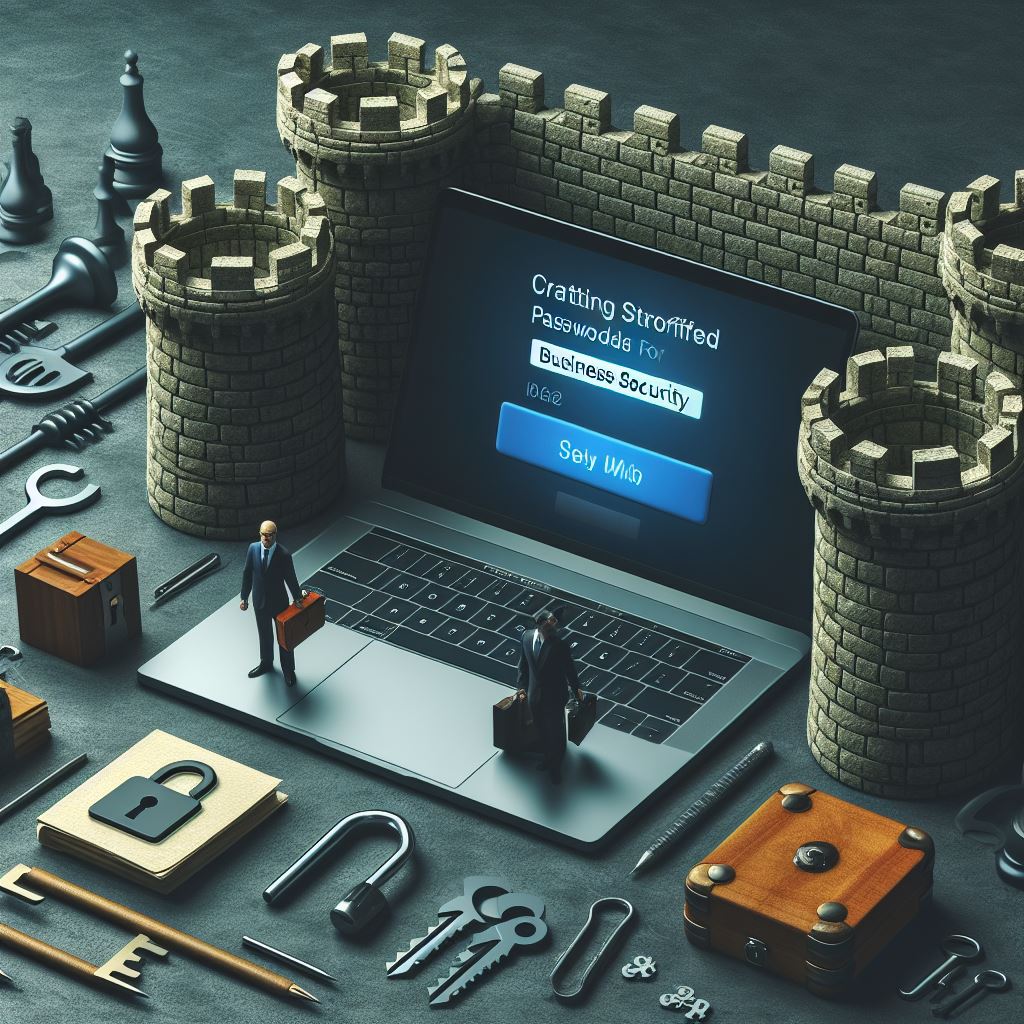In the digital era, where businesses heavily rely on technology, safeguarding sensitive information has become paramount. One of the first lines of defense against cyber threats is a robust password. Crafting a strong password is not just a routine task; it’s a crucial aspect of securing your business assets. In this comprehensive guide, we will delve into the intricacies of creating a strong password for your business, ensuring that your digital fortress remains impervious to cyber threats.
Why Strong Passwords Matter
Before we dive into crafting the perfect password, let’s understand why it’s crucial. Cybercriminals are constantly evolving, and weak passwords provide an easy gateway for unauthorized access. A strong password acts as a formidable barrier, deterring potential hackers and protecting your business data from breaches.
The Anatomy of a Strong Password
1. Length Matters
The longer your password, the more difficult it is to crack. Aim for a minimum of 12 characters, combining uppercase and lowercase letters, numbers, and special characters. Consider using a passphrase that includes a combination of words, making it both strong and memorable.
2. Avoid Common Words
Steer clear of using easily guessable words, such as “password” or “123456.” Hackers often employ dictionary attacks, where they systematically try common words. Be creative and choose a combination of unrelated words or use acronyms to enhance complexity.
3. Unique for Every Account
Using the same password across multiple accounts is a recipe for disaster. If one account is compromised, all others become vulnerable. Utilize a unique password for each business-related account to fortify your overall security.
4. Regularly Update Passwords
Change passwords periodically to stay one step ahead of potential threats. Set a schedule for password updates and ensure that your team follows suit. Regularly changing passwords is a proactive approach to security maintenance.
5. Two-Factor Authentication (2FA)
Enhance your password security with two-factor authentication. This adds an extra layer of protection by requiring a second form of verification, such as a code sent to your mobile device. Implementing 2FA significantly reduces the risk of unauthorized access.
Crafting Your Strong Password: A Step-by-Step Guide
Now that we understand the essentials, let’s embark on the journey of crafting a strong password for your business. Follow these steps to create an unyielding defense against cyber threats.
1. Start with a Passphrase
Begin with a memorable phrase or sentence. It could be a line from a favorite song, book, or movie. For example, “To be or not to be, that is the question” can be transformed into the passphrase “Tbo2b,TitQ.”
2. Mix It Up
Add complexity by incorporating a mix of uppercase and lowercase letters. In our example, change some letters to uppercase: “TbO2b,TitQ.”
3. Introduce Numbers
Insert numbers strategically. You can replace letters with corresponding numbers or add them at the beginning or end. Continuing with our example, “TbO2b,TitQ” becomes “TbO2bT1tQ.”
4. Spice It Up with Special Characters
Include special characters to further enhance security. Replace some letters with symbols or add them at different points in your passphrase. Our example now transforms into “TbO2bT1tQ!”
5. Unique for Each Account
Tailor your password for each specific account by adding a unique identifier. For instance, for your email account, you can append “Em@” at the end, resulting in “TbO2bT1tQ!Em@.”
Best Practices for Password Management
Crafting a strong password is just the first step. Implementing effective password management practices is equally crucial. Here are some best practices to ensure your passwords remain a stalwart defense:
1. Use a Password Manager
Consider employing a password manager to generate, store, and autofill complex passwords. This simplifies the process for you and your team while ensuring the highest level of security.
2. Educate Your Team
Human error is a significant factor in security breaches. Educate your team about the importance of strong passwords, regular updates, and the significance of unique passwords for each account.
3. Conduct Security Audits
Regularly conduct security audits to identify potential vulnerabilities. This includes reviewing password policies, checking for weak passwords, and ensuring all security measures are up-to-date.
Conclusion
Crafting a strong password is not just a necessity; it’s a responsibility. By following the steps outlined in this guide, you can fortify your business against cyber threats and ensure the security of your sensitive information. Remember, the key lies in the details—length, complexity, uniqueness, and regular updates. Implement these strategies, educate your team, and stay vigilant in the ever-evolving landscape of cybersecurity.


